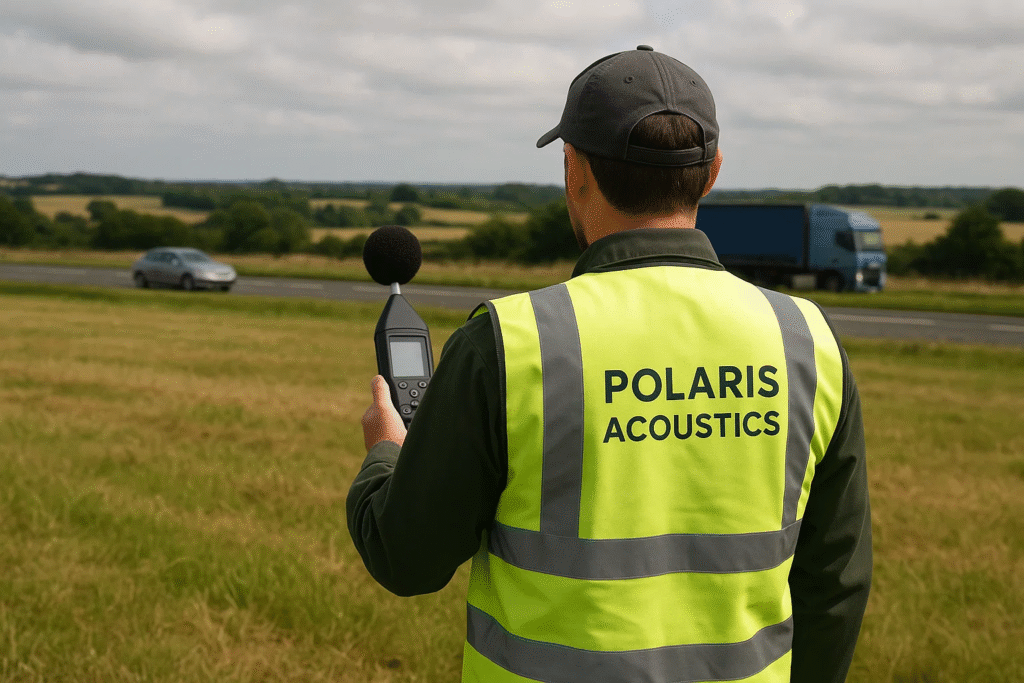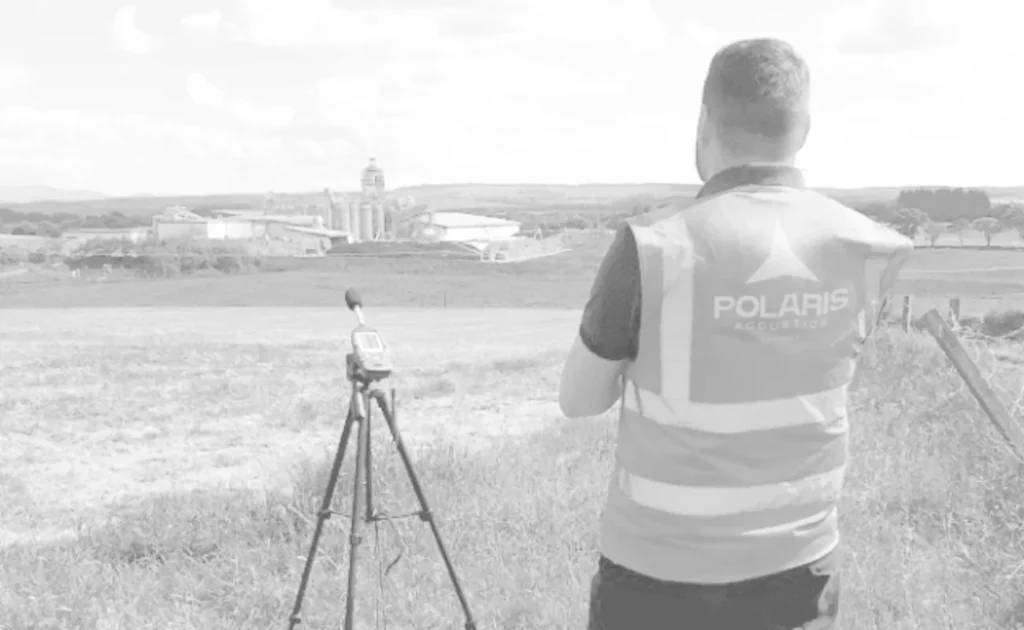If you’re dealing with industrial noise or planning to install mechanical plant equipment, a plant noise assessment in accordance with BS 4142:2014+A1:2019 is a critical step. This standard provides a methodology to assess noise impacts on nearby residential or commercial properties. In this guide, we’ll explore the key aspects of BS 4142, its importance, and how it applies to plant noise assessment.

What is a Plant Noise Assessment?
A plant noise assessment evaluates the sound generated by industrial and commercial operations, such as air conditioning units, refrigeration systems, or manufacturing equipment. The goal is to determine the impact of these sounds on the surrounding environment, especially on noise-sensitive receptors like residential houses.
Why is it Important?
Excessive noise can disrupt communities, affecting sleep, productivity, and overall well-being. Local authorities often require compliance with BS 4142 to ensure that noise emissions are managed responsibly. This assessment helps businesses mitigate noise complaints, comply with regulations, and maintain good community relations.
Understanding BS 4142:2014+A1:2019
The BS 4142 standard provides a framework for assessing the potential noise impact of industrial and commercial operations. It focuses on comparing the specific noise level of the source to the background noise level in the area.
Key Components of BS 4142
- Background Noise Level: The typical ambient noise in the area without the plant operating, measured in dB(A).
- Specific Noise Level: The noise level from the plant or equipment being assessed.
- Rating Level: The specific noise level adjusted for any distinguishing acoustic characteristics, such as tonal or impulsive elements.
- Excess Over Background: The difference between the rating level and the background noise level.
- A difference of +5 dB indicates an adverse impact.
- A difference of +10 dB or more suggests a significant adverse impact.
Acoustic Features Considered
In a plant noise assessment, BS 4142 considers:
- Tonality: Whether the noise has a distinct tone (e.g., whines or hums).
- Intermittency: How often the noise starts and stops.
- Impulsivity: Sudden and brief noise spikes.
Adjustments are made for these characteristics to account for their greater potential to disturb.
The Process of a Plant Noise Assessment
- Site Visit: A qualified acoustic consultant visits the site to evaluate existing and proposed noise sources.
- Noise Measurements: Equipment like sound level meters is used to measure background noise and specific noise levels.
- Data Analysis: Using BS 4142 methodology, the consultant calculates the rating level and compares it to the background level.
- Report Preparation: As part of the plant noise assessment, the findings, recommendations, and any mitigation measures are compiled into a detailed report.
Mitigating Plant Noise
If the plant noise assessment identifies a significant impact, mitigation measures may be necessary. Common solutions include:
- Acoustic Enclosures: Housing noisy equipment to contain sound.
- Barriers or Screens: Placing physical barriers between the noise source and receptors.
- Vibration Isolation: Minimizing noise from vibrating equipment.
- Equipment Maintenance: Regular servicing to reduce noise emissions.
Benefits of Conducting a Plant Noise Assessment
- Regulatory Compliance: Ensures adherence to planning conditions and environmental regulations.
- Reduced Complaints: Helps address community concerns before they escalate.
- Sustainable Operations: Promotes environmentally responsible practices.
- Enhanced Reputation: Demonstrates commitment to minimising environmental impact.
Conclusion
A plant noise assessment is essential for businesses operating in noise-sensitive areas. By following BS 4142 guidelines, you can evaluate and mitigate noise impacts effectively, ensuring compliance and fostering positive community relationships. Whether you’re installing new equipment or addressing noise complaints, engaging a qualified acoustic consultant is the first step toward achieving a quieter and more sustainable operation.
For expert assistance with Plant Noise Assessments, contact our team today. We’ll guide you through the process and help you achieve compliance with confidence.
FAQs
1. What industries require Plant Noise Assessments?
Industries like manufacturing, logistics, food processing, and retail often require these assessments due to the use of mechanical and industrial equipment.
2. How long does a Plant Noise Assessment take?
The duration depends on the site’s complexity, but most assessments can be completed within a few days to a week.
3. Is BS 4142 legally binding?
While BS 4142 itself is not law, it is widely used by local authorities and environmental agencies to evaluate noise compliance.
4. Can existing noise issues be resolved?
Yes, with the right mitigation measures and expert advice, existing noise problems can often be reduced significantly.




